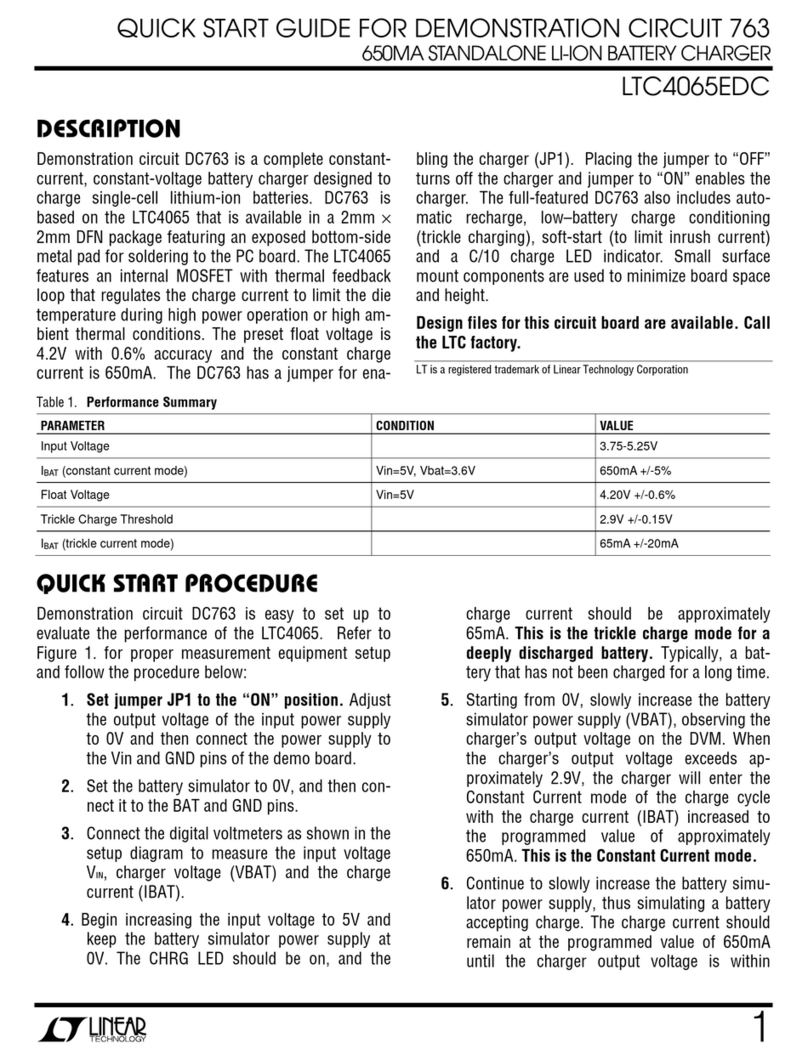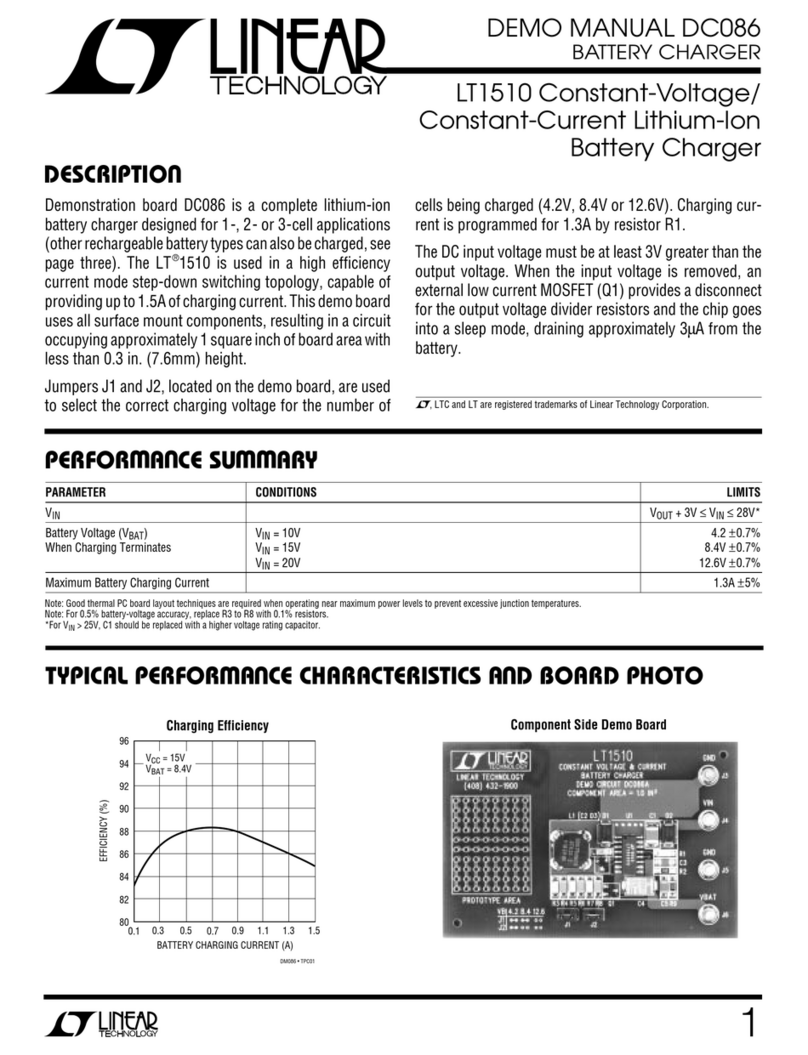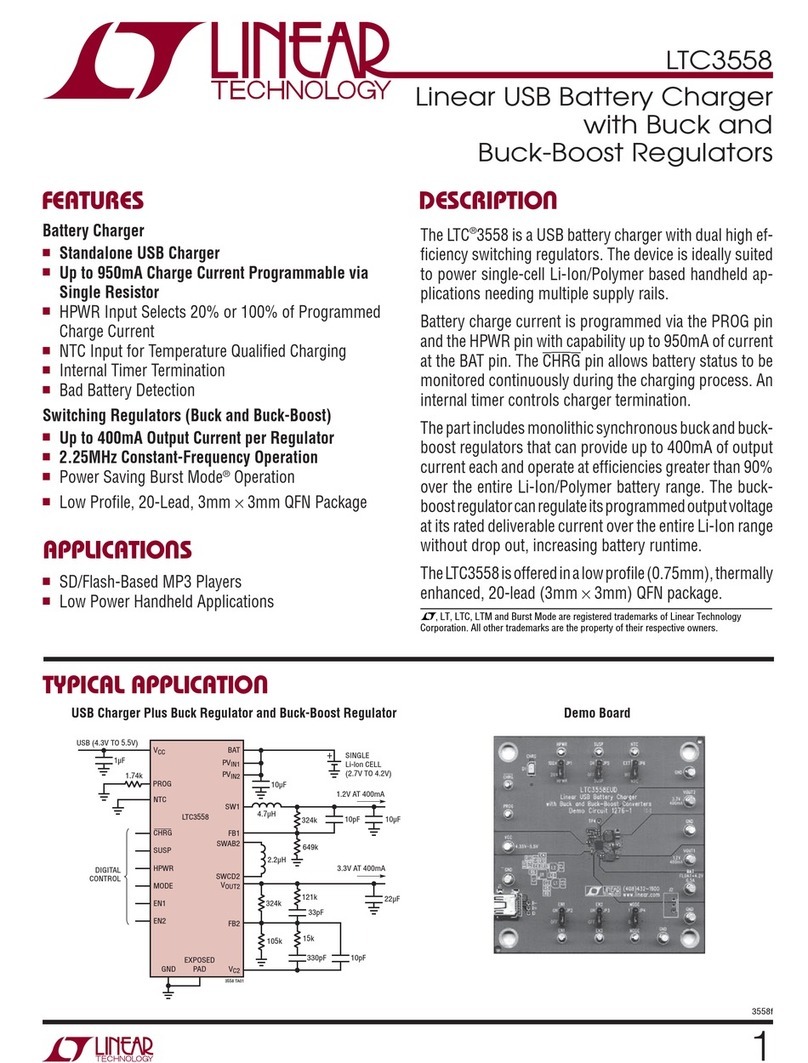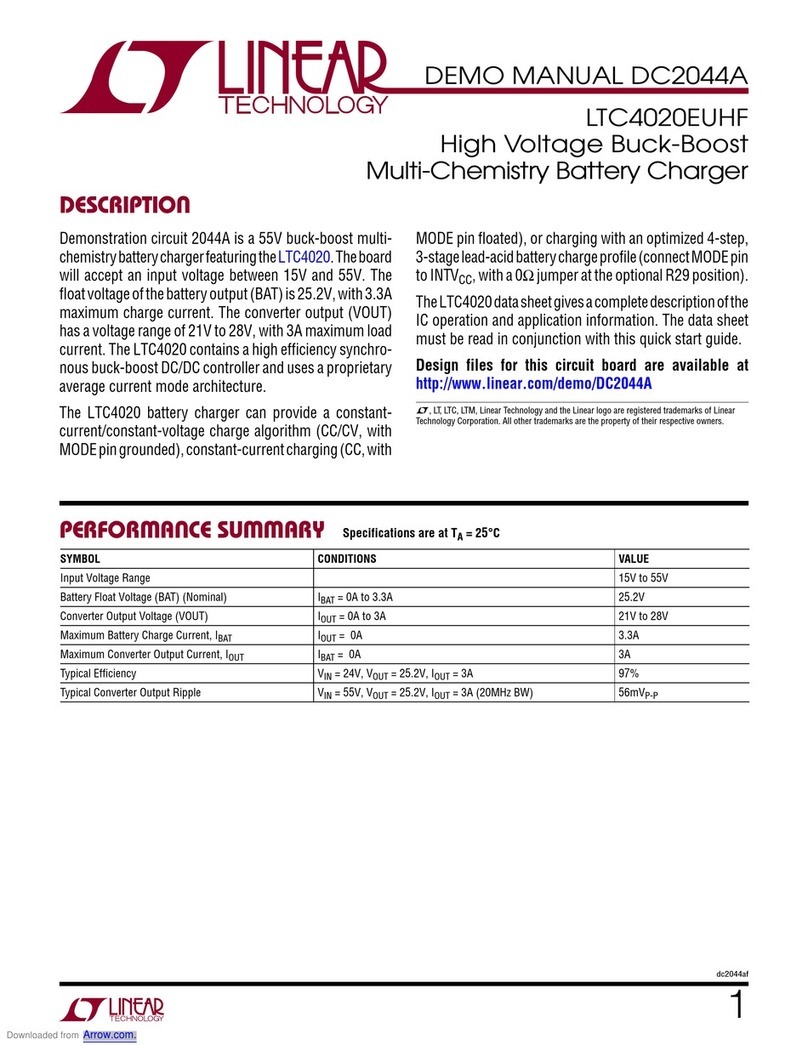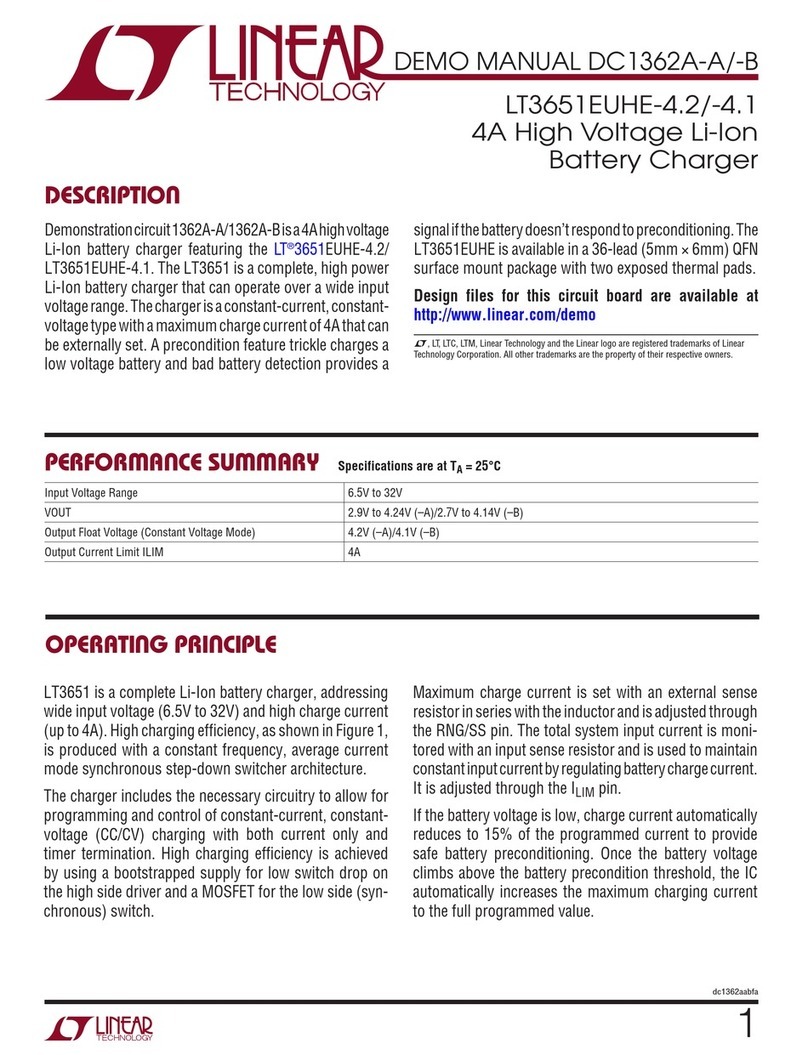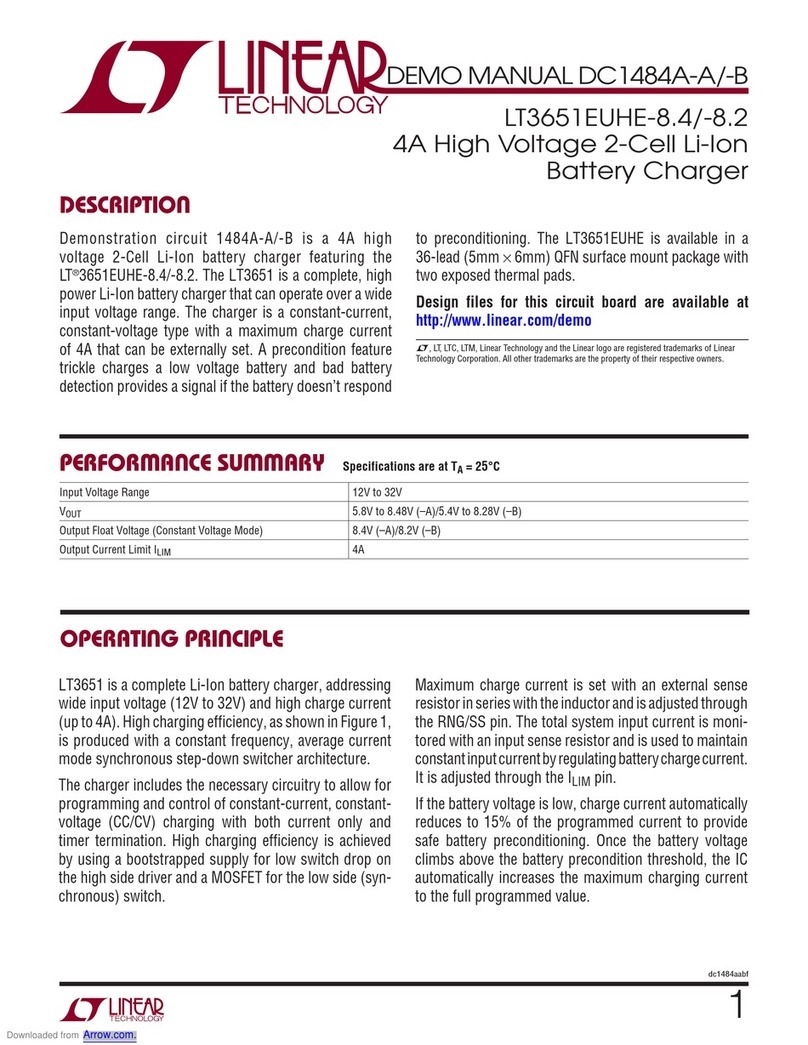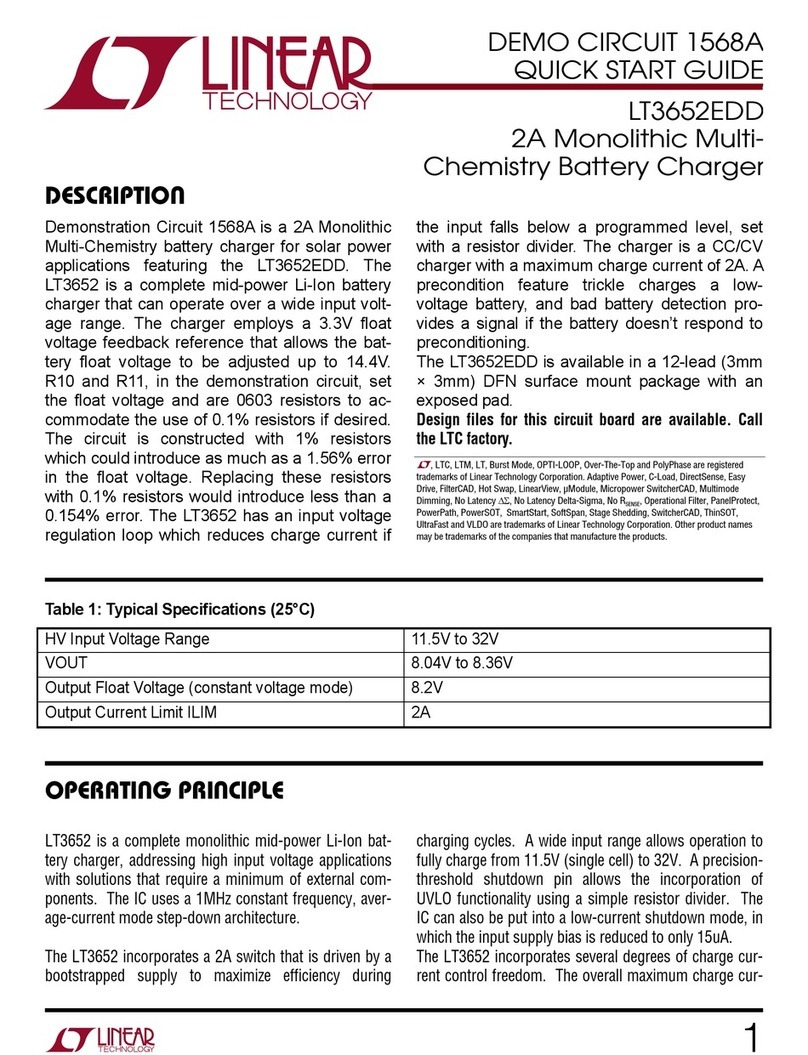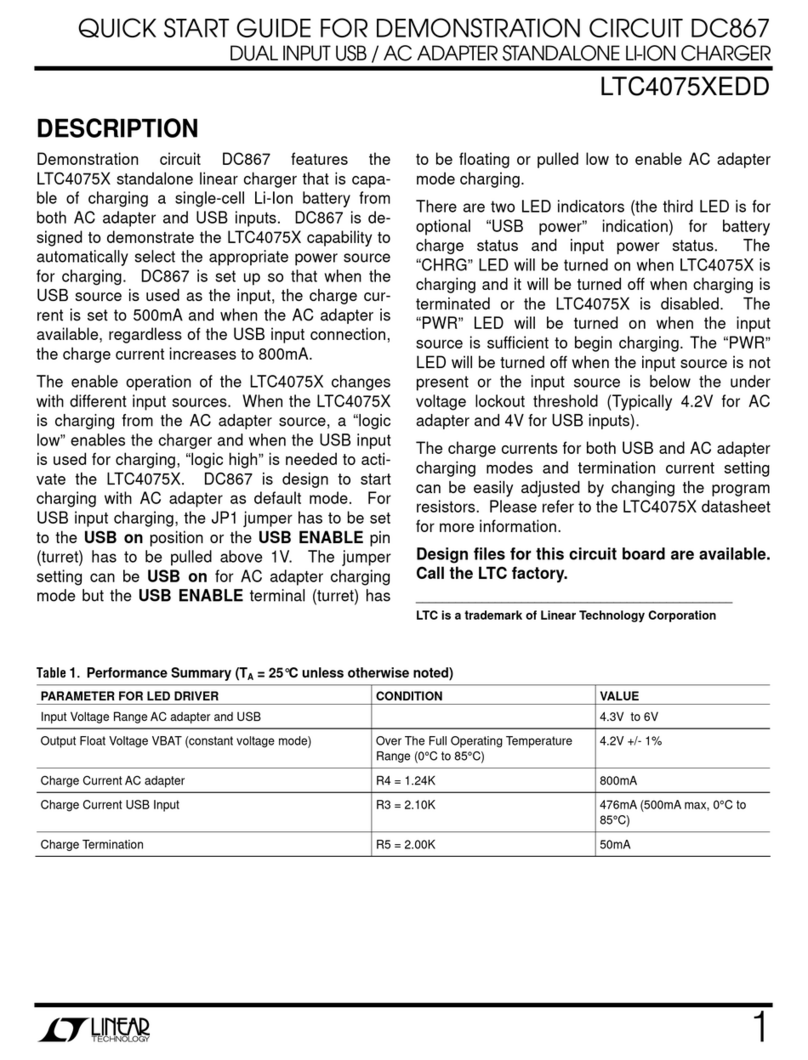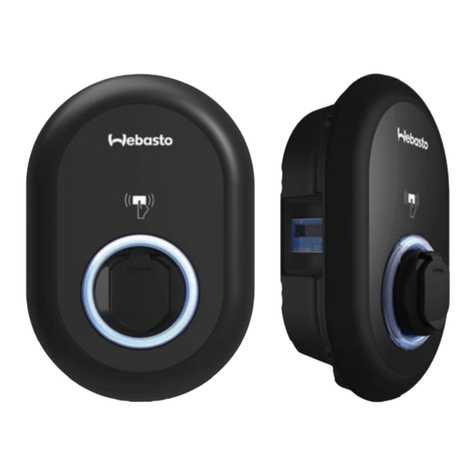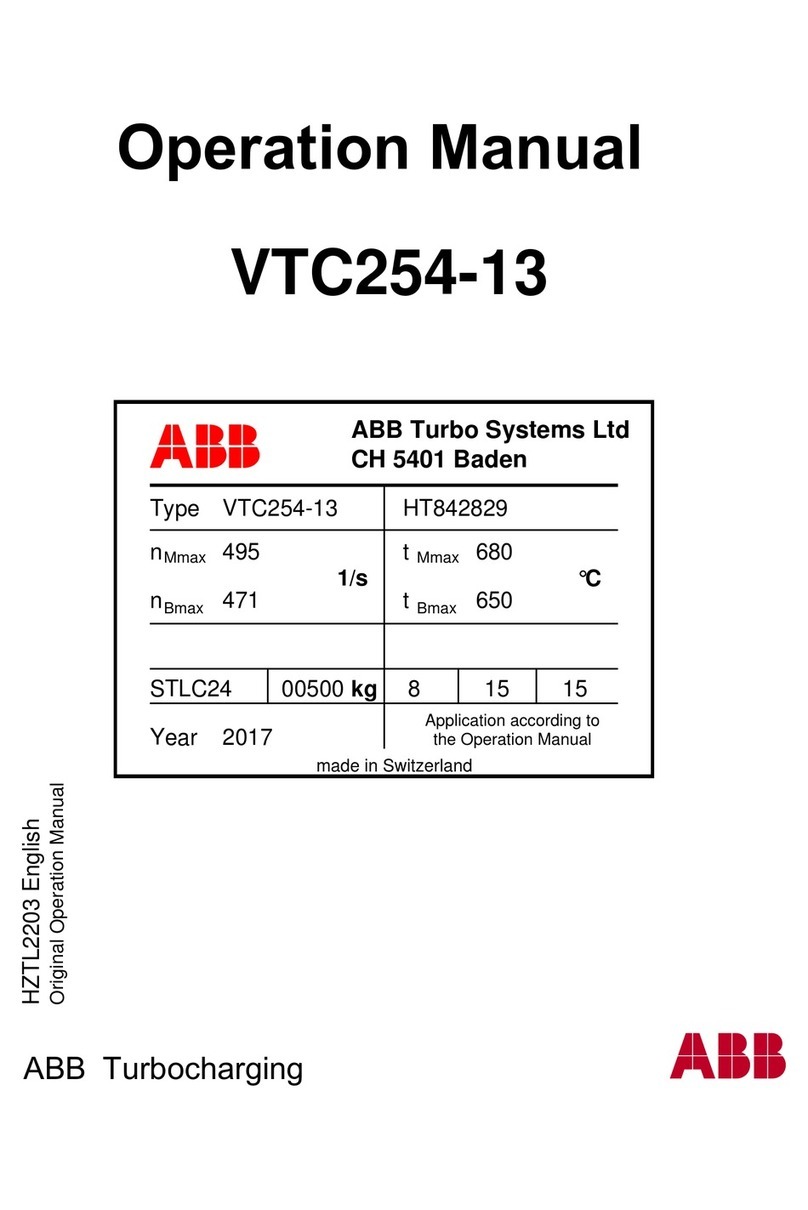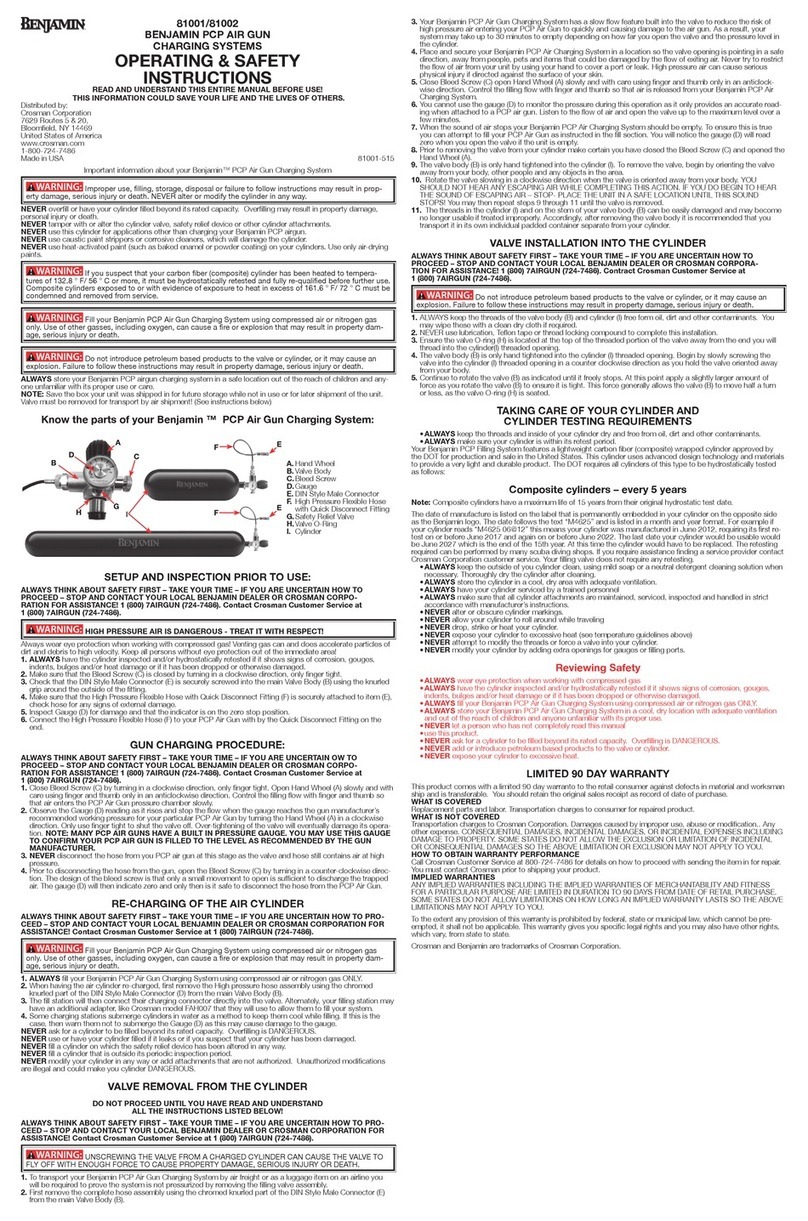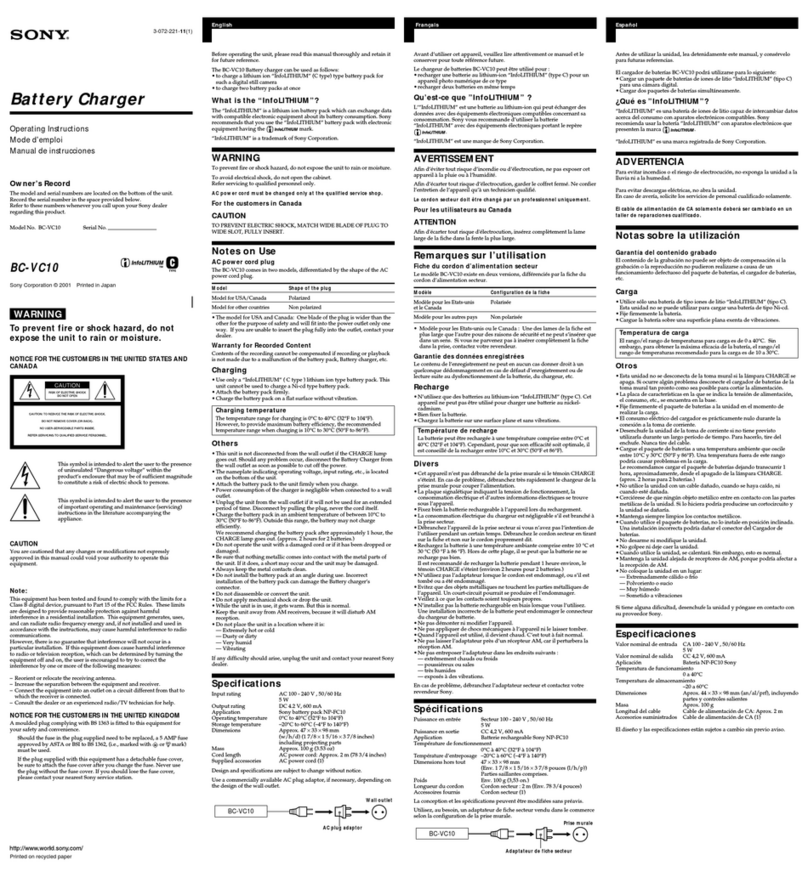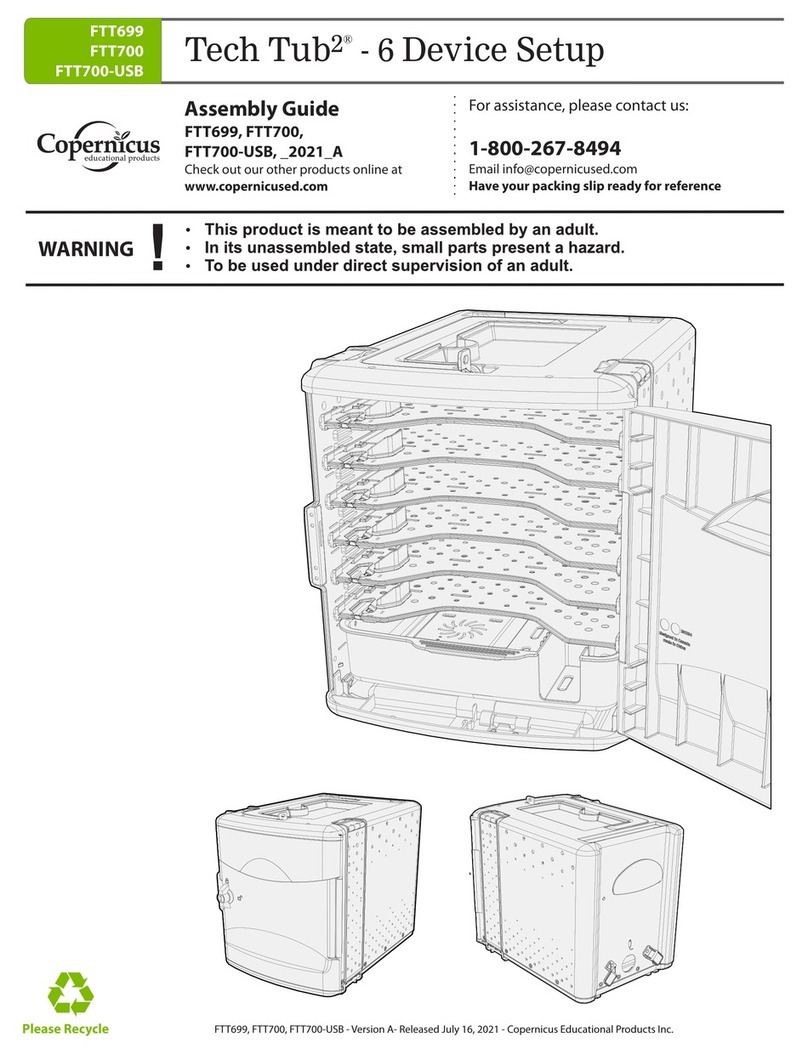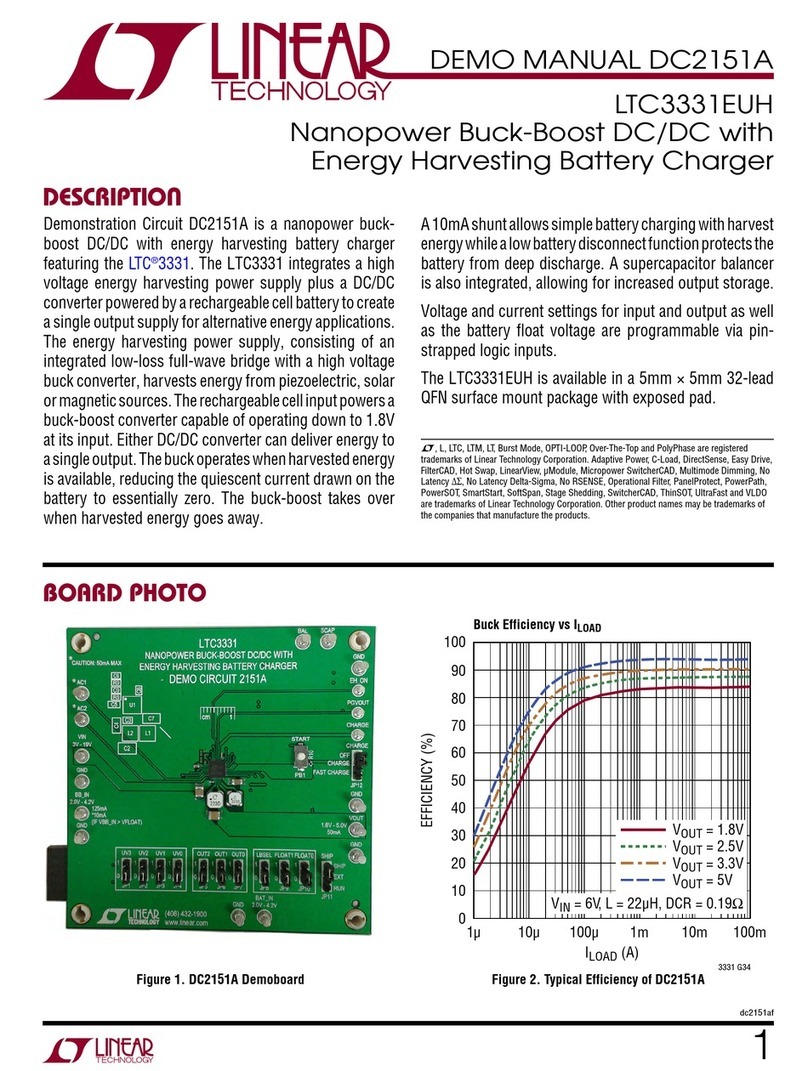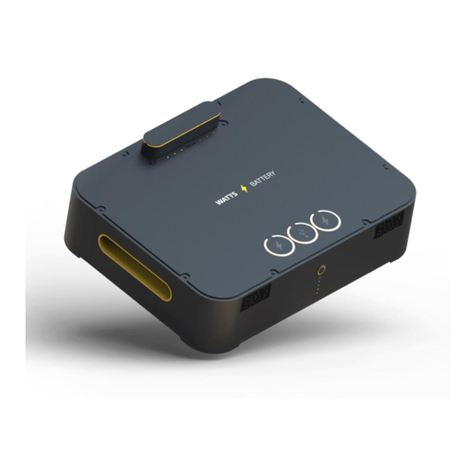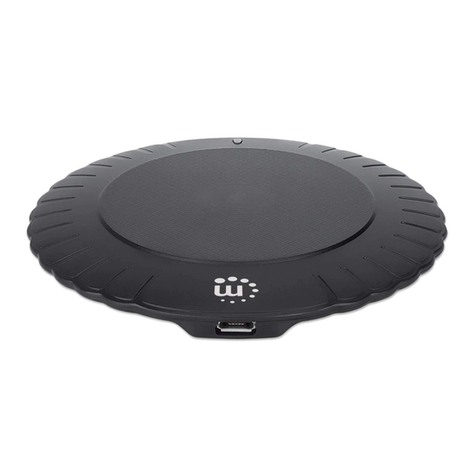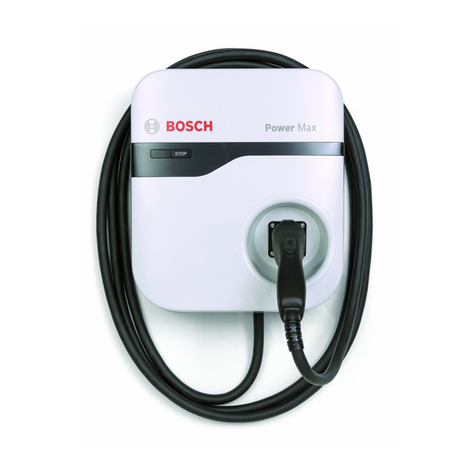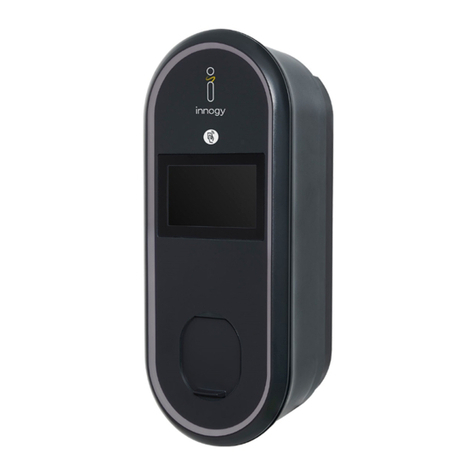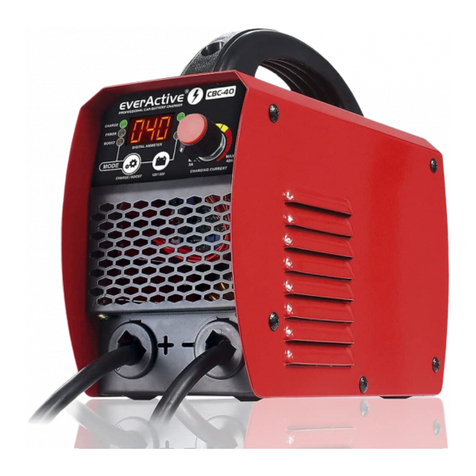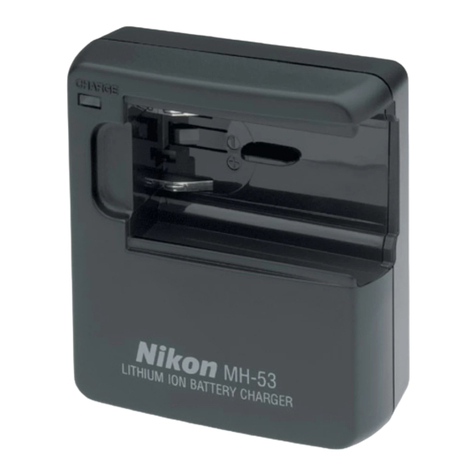
LTC1760
13
1760fc
For more information www.linear.com/LTC1760
(For Operation Section)
TABLE OF CONTENTS
1 Overview................................................................................................................................................................................................... 14
2 The SMBus Interface................................................................................................................................................................................. 14
2.1 SMBus Interface Overview................................................................................................................................................................ 14
2.3 Description of Supported SMBus Functions ..................................................................................................................................... 17
2.3.1 BatterySystemState() (0×01) .................................................................................................................................................. 17
2.3.2 BatterySystemStateCont() (0×02) ........................................................................................................................................... 18
2.3.3 BatterySystemInfo() (0×04) .................................................................................................................................................... 19
2.3.4 LTC() (0×3C) ........................................................................................................................................................................... 20
2.3.5 BatteryMode() (0×03) ............................................................................................................................................................ 20
2.3.6 Voltage() (0×09)...................................................................................................................................................................... 20
2.3.7 Current() (0×0A) ..................................................................................................................................................................... 21
2.3.8 ChargingCurrent() (0×14) ....................................................................................................................................................... 21
2.3.9 ChargingVoltage() (0×15) ....................................................................................................................................................... 21
2.3.10 AlarmWarning() (0×16)........................................................................................................................................................... 21
2.3.11 AlertResponse() ...................................................................................................................................................................... 22
2.4 SMBus Dual Port Operation.............................................................................................................................................................. 22
2.5 LTC1760 SMBus Controller Operation............................................................................................................................................... 23
2.6 LTC1760 SMBALERT Operation ........................................................................................................................................................ 26
3 Charging Algorithm Overview ................................................................................................................................................................... 26
3.1 Wake-Up Charging Initiation ............................................................................................................................................................. 26
3.2 Wake-Up Charging Termination ........................................................................................................................................................ 26
3.3 Wake-Up Charging Current and Voltage Limits................................................................................................................................. 27
3.4 Controlled Charging Initiation ........................................................................................................................................................... 27
3.5 Controlled Charging Termination ...................................................................................................................................................... 27
3.6 Controlled Charging Current Programming ...................................................................................................................................... 28
3.6.1 Current Limits When Charging A Single Battery...................................................................................................................... 28
3.6.2 Current Limits When Charging Two Batteries (TURBO Mode Disabled) .................................................................................. 28
3.6.3 Current Limits When Charging Two Batteries (TURBO Mode Enabled).................................................................................... 29
3.7 Controlled Charging Voltage Programming....................................................................................................................................... 29
4 System Power Management Algorithm and Battery Calibration................................................................................................................ 29
4.1 Turning Off System Power ................................................................................................................................................................ 29
4.2 Power-By Algorithm When No Battery is Being Calibrated................................................................................................................ 29
4.3 Power-By Algorithm When a Battery is Being Calibrated................................................................................................................... 30
4.4 Power-By Reporting.......................................................................................................................................................................... 30
5 Battery Calibration (Conditioning)............................................................................................................................................................. 30
5.1 Selecting a Battery to be Calibrated ................................................................................................................................................. 30
5.2 Initiating Calibration of Selected Battery ........................................................................................................................................... 31
5.3 Terminating Calibration of Selected Battery ...................................................................................................................................... 31
6 MODE Pin Operation................................................................................................................................................................................. 31
6.1 Standalone Charge Indication ........................................................................................................................................................... 31
6.2 Hardware Charge Inhibit ................................................................................................................................................................... 32
6.3 Charging When SCL And SDA Are Low............................................................................................................................................. 32
6.4 Charging With an SMBus Host ......................................................................................................................................................... 32
7 Battery Charger Controller ........................................................................................................................................................................ 32
7.1 Charge MUX Switches ...................................................................................................................................................................... 33
7.2 Dual Charging ................................................................................................................................................................................... 33
8 PowerPath Controller................................................................................................................................................................................ 33
8.1 Autonomous PowerPath Switching................................................................................................................................................... 34
8.2 Short-Circuit Protection .................................................................................................................................................................... 34
8.3 Emergency Turn-Off.......................................................................................................................................................................... 34
8.4 Power-Up Strategy............................................................................................................................................................................ 34
9 The Voltage DAC Block ............................................................................................................................................................................. 35
10 The Current DAC Block ............................................................................................................................................................................. 35




















